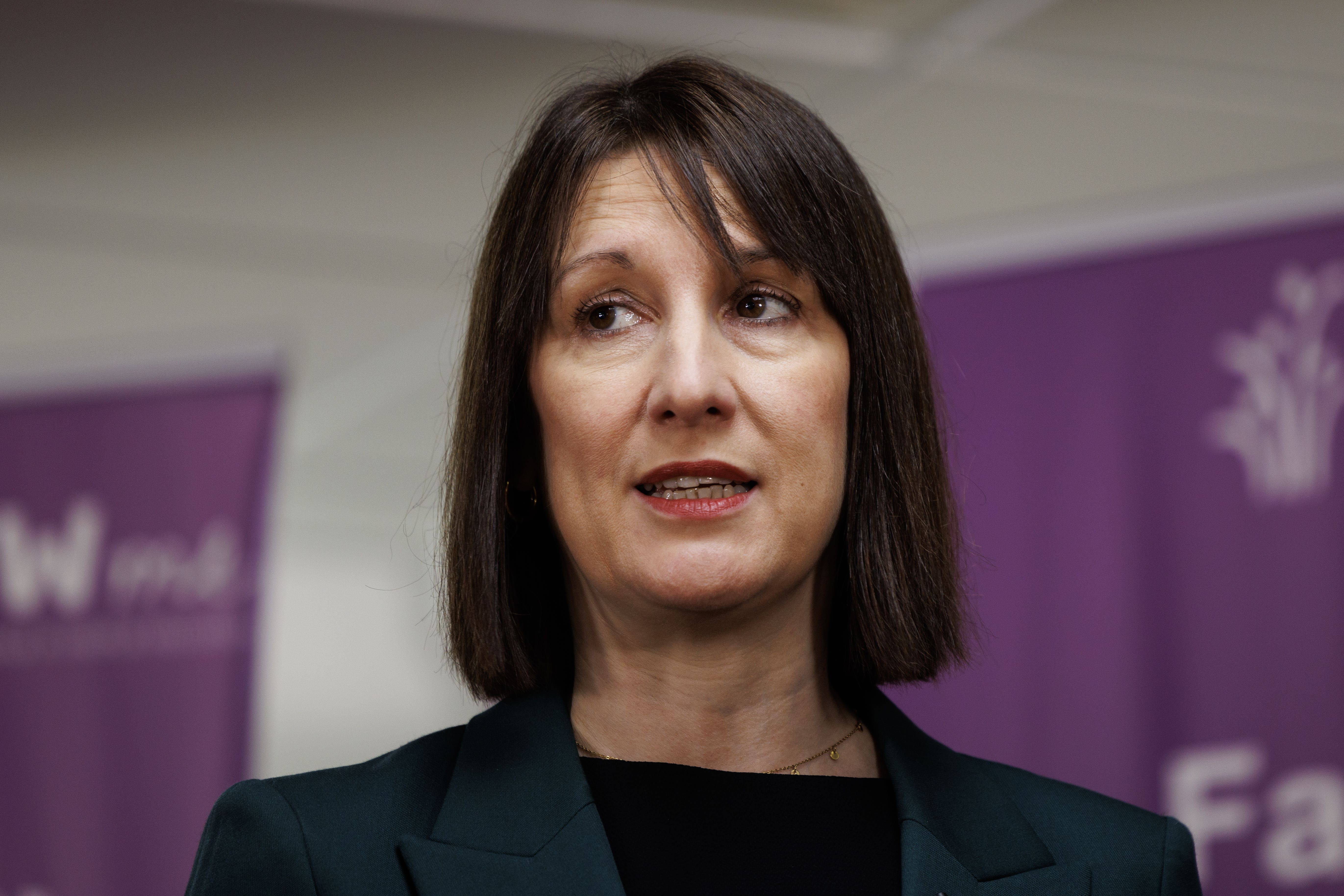The UK government’s borrowing costs continue to rise, hitting the highest level since the financial crisis.
Ten-year bonds hit yields of 4.89 per cent today, the highest since 2008 when they topped 5 per cent.
Bond yields rise when investors in government bonds, also called gilts, sell them and their prices fall. This has been happening as investors worry about Britain’s finances or decide to park their money elsewhere. It also comes amid worries over rising inflation.
Lindsay James, investment strategist at Quilter Investors said that part of the rise is down to rising debt costs around the world. US 10-year government bonds are also on the rise, offering investors 4.68 per cent.
And she said another factor is the “sheer size” of the bond sales by both the UK recently.
What does this mean for mortgages?
High government borrowing costs come amid fears that inflation is creeping up again, which could lead the Bank of England to keep rates on hold.
Economists had previously expected the Bank of England base rate, which is currently at 4.75 per cent, to start slowly falling, perhaps to as low as 3 per cent by the end of this year.
But the central bank is likely to want to hold off on more cuts if inflation starts to rise again, even though economic growth is flatlining.

Oil prices have started to slowly gain ground, which could suggest climbing energy prices as well as pricier petrol at the pump. Brent crude has risen by 5.6 per cent in the last month.
High inflation combined with poor growth is known as stagflation, a scenario governments try to avoid as household incomes are squeezed
What does it mean for tax, government spending and the economy?
As well as suggesting costlier borrowing for households, expensive government debt costs the Treasury more in interest payments, potentially meaning less spending on other projects or more tax is needed.
Ms James said that whilst higher debt costs “will undoubtedly cut into Rachel Reeves’ already limited budgetary headroom, the likelihood of further tax rises in the coming months seems slim.”
There are signs companies are responding to her decision to raise employers’ national insurance rates by cutting jobs and raising prices, which is “pushing the UK further towards stagflation, whilst the recent flatlining of the economy will underline the clear risk from yet another round of tax rises.”
“Spending cuts feel like the more likely outcome, with the Treasury declaring yesterday that meeting the fiscal rules remains “non-negotiable.”
What about the pound?
The selloff in government debt comes as the value of the pound drops against the dollar. The pound is now worth $1.23, the lowest since November 2023.
Source: independent.co.uk



